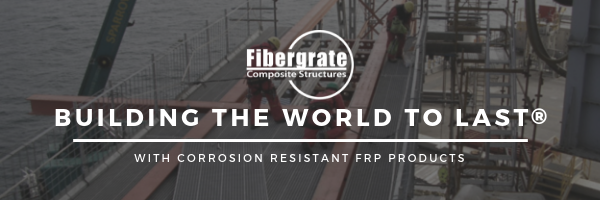Raised access floors are becoming increasingly popular in modern construction, offering versatile...
What Materials Can Be Used for a Raised Access Floor System?
Raised access floors are becoming increasingly popular in modern construction, offering versatile and adaptable flooring systems across industries. These elevated platforms create a concealed space beneath the floor surface, ideal for running electrical wires, data cables, HVAC ducts, and other essential utilities.
If you are exploring raised access flooring options for a project, you might be wondering, "What are my material options?"
Understanding the Components of a Raised Access Floor System
A raised access floor system consists of two main parts:
The Pedestal Support System: This system forms the foundation of the raised floor, providing support and elevation. It typically includes adjustable pedestals spaced evenly and fastened to the subfloor. These pedestals can help create a level surface, even on uneven subfloors. They also distribute the weight of the floor and anything placed on it, promoting stability.

Pedestals supporting raised access flooring
Surface Options: These are the visible panels that make up the top floor surface. They come in various materials, each with its own set of advantages and best-suited applications.
Potential Materials for Raised Access Floors
Concrete: Known for its strength and durability, concrete flooring is often used for high-traffic areas and heavy loads. Concrete offers fire resistance and noise reduction, but it is heavy and can be more difficult to install or modify compared to lighter materials.
Steel: Steel panels are strong and offer excellent fire resistance. They are often used in data centers and other environments where security and fire safety are paramount. However, they can be susceptible to corrosion if not properly treated and may require more frequent maintenance. Steel is also a heavy material to transport and may require specialized personnel and equipment to install, especially if any modifications need to be made on-site.
Aluminum: Aluminum panels are lightweight and resistant to corrosion, making them easy to install and maintain. They are commonly used in office spaces and other areas where weight reduction is a priority. However, they may not be as strong as the other materials we have mentioned and they can be more susceptible to dents or scratches.
Advanced Composites: Fiberglass reinforced plastic (FRP) is a leading composite material for raised access flooring. It is lightweight while being extremely strong, durable, and resistant to corrosion, moisture, and chemicals. FRP is also thermally and electrically non-conductive, and features excellent fire safety ratings. FRP panels also offer design flexibility, with various finishes and textures available to suit different aesthetics. FRP can be easily modified and installed in the field using just hand-held power tools.

FRP used for non-magnetic raised access floor system in MRI room
Specialized Applications and Custom Solutions
Acoustic Materials: To create quieter spaces, raised access floors can incorporate acoustic panels made of materials like rubber or specialized foam. These materials absorb sound vibrations, reducing noise levels and improving acoustics.
Antistatic Materials: For environments like data centers and electronics manufacturing facilities, antistatic flooring is essential to prevent damage from electrostatic discharge. While antistatic vinyl or conductive tiles are commonly used, FRP panels can also be manufactured with properties to dissipate static electricity effectively.
Example: Fibergrate provided Hitachi Data Systems with FRP flooring with an added conductive coating that reduces the amount of static discharge, read that case study here.Factors to Consider When Choosing Materials
When selecting materials for your raised access floor system, consider the following factors:
- Durability and Longevity: Choose materials that can withstand the expected traffic, loads, and environmental conditions in your facility.
- Maintenance Requirements: Opt for materials that are easy to clean and maintain to reduce long-term costs and downtime.
- Cost: Factor in the initial purchase price as well as transportation, installation, long-term maintenance and replacement costs to make a financially sound decision.
- Aesthetics: Consider the visual appeal of the surface options, especially in office spaces and customer-facing areas.
- Specific Needs: Tailor your material choices to the specific requirements of your application, such as fire resistance, soundproofing, antistatic properties, or a combination of these things.
Conclusion
Whether you need strength, durability, hygiene, or specific performance features in your facility, there is a raised access floor material that will work for you. By carefully considering your options and consulting with experts, you can create a flooring system that enhances functionality, safety, and aesthetics in your facility.
Read about FRP solutions and benefits for raised access flooring here.
Topics: FRP, Pedestals, Raised Flooring System


